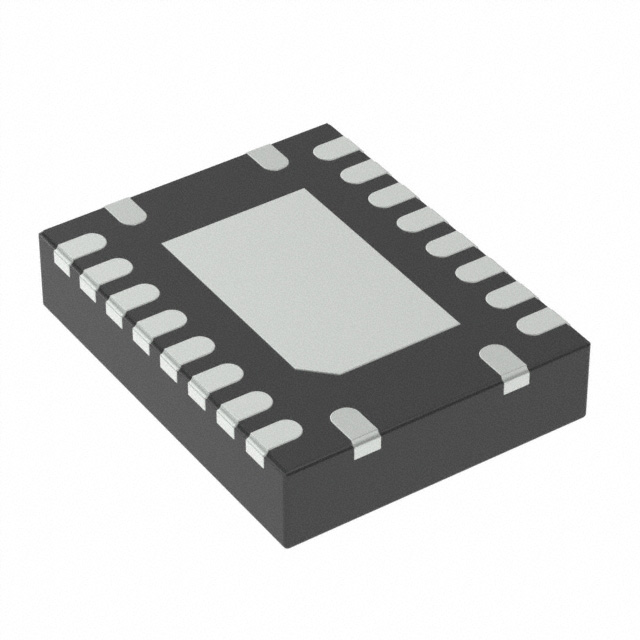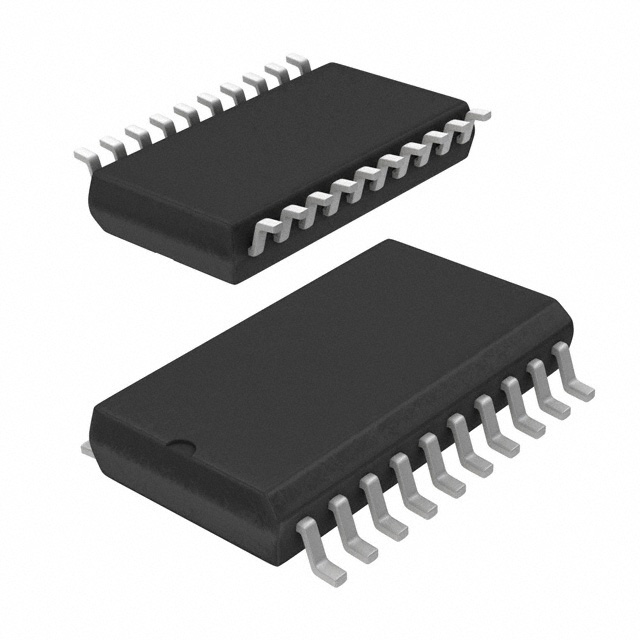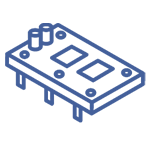Categories
- DC DC Switching Controllers(10,187)
- 1
- 2
- 3
- 4
- 5
- 6
- 250
Description of DC DC Switching Controllers
PMIC (Power Management Integrated Circuit) DC to DC switching controllers are specialized chips that help regulate voltage in circuits. They can boost (increase) or buck (decrease) the voltage from the input supply to the desired output voltage.
These controllers can use different configurations, like buck-boost, flyback, forward, cuk, SEPIC, full bridge, half bridge, and push-pull. Unlike linear regulators, which need a minimum input voltage and waste extra voltage as heat, DC to DC switching controllers are more efficient and can manage the voltage better.
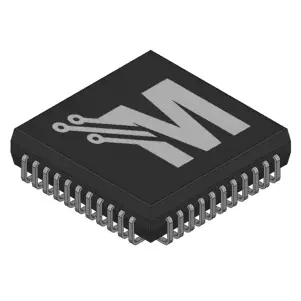
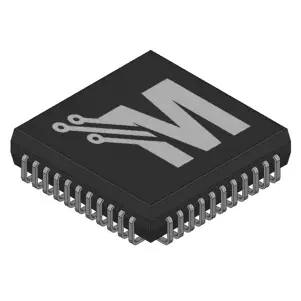
Frequently Asked Questions
What is a DC-DC switching controller?
A DC-DC switching controller is a type of device used to regulate power. It takes in a direct current (DC) voltage and converts it to a different DC voltage.
What is a Switching Regulator?
A switching regulator, also known as a DC-DC converter, is a device that adjusts and stabilizes DC voltage. It changes the input DC voltage to a different DC voltage that you need.
What is the difference between a DC-DC controller and a DC-DC converter?
A DC-DC converter has a built-in driver that controls the power flow. On the other hand, a DC-DC controller doesn't have its own driver; instead, it manages an external driver to control the power.
What is a DC-DC switch mode converter?
A DC-DC switch mode converter changes one DC voltage to another DC voltage.
What does a DC/DC converter do?
DC-DC converters are devices that temporarily store and change DC voltage from one level to another. In cars, they are crucial for managing different voltage levels between various systems.
What is a DC switch used for?
DC switches are made for handling direct current (DC), which flows steadily in one direction. You often find DC in batteries, electronic devices, and some industrial setups.
Do I need a DC-DC converter?
If you have a dual battery system in your vehicle and want to charge your extra battery while driving, then yes, you'll need a DC-DC converter.
What are the three types of DC-DC converters?
There are three main types of DC-DC converters:
- Buck: Steps down voltage from a higher level to a lower one.
- Boost: Steps up voltage from a lower level to a higher one.
- Buck-Boost: Can either step up or step down the voltage.
These converters use a switch to control the power flow. Earlier, thyristors were used as these switches, turned on by a pulse.
What are the applications of DC-DC converters?
DC-DC converters are used in HVAC systems, propulsion systems, and emergency power systems. They help manage power changes, regulate voltage, and handle voltage drops in many different applications.







